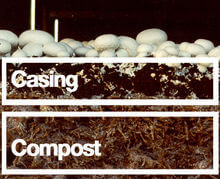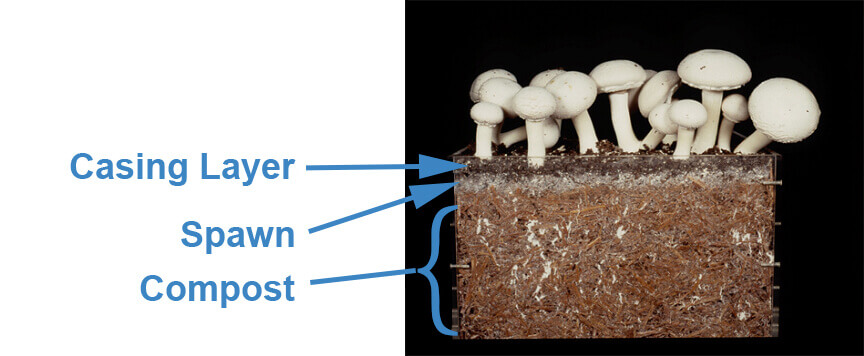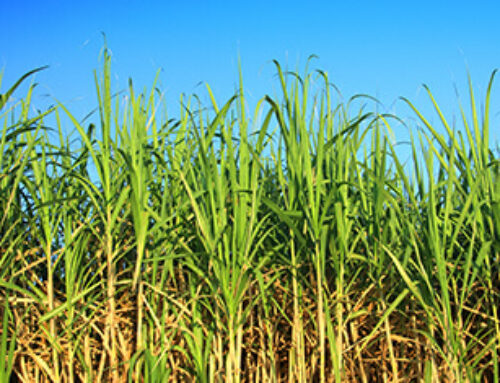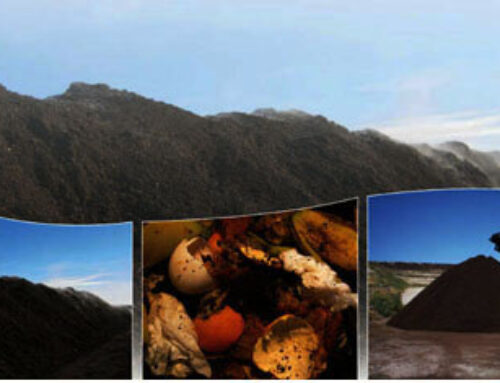—Organic waste composting as the substrate for mushroom production
Successful mushroom growing involves overcoming difficulties such as temperature and Humidity control, pest control and compost preparation. Today, we will introduce the detailed information on the compost preparation procedure, which also can be called: Mushroom Substrate or Compost Preparation.
All About Mushroom Substrate (Organic Waste Compost)
The commercial production of mushrooms (Agaricus, shiitake, white button, oyster) traditionally involves the use of a substrate obtained by composting organic waste, which makes mushrooms the only crop that actually consumes field and other solid wastes. That is to say, in nature, mushrooms are a primary part of controlling the solid waste, building organic soil, and returning minerals to the soil.
More concretely, in mushroom farming, the growing medium for mushrooms is usually a compost made from a combination of cow or horse manure & bedding, poultry litter, hay, cottonseed hulls, cocoa bean hulls, clay, peat moss, coffee waste, cottonseed hulls, sugarcane bagasse, brewer’s grain, wheat straw, dried blood, gypsum, many other field wastes, lime or crushed limestone and commercial fertilizers, including ammonium nitrate, etc. depending on what is available in a given area. A commercially produced compost provides nutrients needed for mushrooms to grow, serving as a base for growing mushrooms.
Structure of Nutrition Layer
Commercial Mushroom Substrate Preparation (Composting) Process
In mushroom production, composting is a basic process that prepares nutritional materials for the growth of mushrooms. The substrate is made in two processes called Phase I and Phase II.
Phase I: Making mushroom compost (taking place in the open air)
What needed:
1) organic raw materials
2) spacious and open composting site (or with a roof)
3) a compost turner, and tractor-loader
◆ Raw materials preparation:
As mentioned above, many agricultural by-products are used to make the mushroom substrate. Straw-bedded horse manure and hay or wheat straw is the common bulk ingredients. The only inorganic supplement left is gypsum which is of utmost importance (gypsum may be added early in the composting process, at 70–100 lbs per ton of dry ingredients).
A suggested formula for trial use is as follows (the following mentioned formulation only for reference):
| Horse manure (85%) | Hay (10%) | Poultry manure (5%) | Gypsum | Ammonium nitrate |
| 75 m³ | 5-1 bale | 18 L | 4.5 kg | 45 kg |
Examples of mushroom compost formulas:
The whole composting begins by mixing and moistening these ingredients (for best results make your compost out of a mixture of horse/chicken manure and wet straw).
First, soak the wheat straw in the water and crush it through the crusher machine. The moisture should be controlled moderately, not too wet or too dry (pay attention to various parameters affecting generated compost quality). There must be adequate moisture, oxygen, nitrogen, and carbohydrates present throughout the compost pile. Too low temperature or moisture will affect the process and even stop the composting.
Second, blend the chicken(horse) manure and gypsum together and dropped into the crushed straw.
Finally, these mixed materials are delivered to composting piles for composting.

Building the raw ingredients into long rectangular piles and Periodically turning the piles (about 3-4 turning on each 2-3 days to allow the manure to rot down and concentrate the nutrients required for mushroom growing). A compost turner plays an important role in commercial composting. It is to mix the ingredients thoroughly, accelerate the chemical reaction during composting and water the ingredients (add water to run-off). A tractor-loader to move the ingredients to the turner is also needed.
Phase I composting lasts from 7 to 14 days depending on the condition of the material at the start and its characteristics at each turn. It is considered complete when: a) the mixture is dark brown and sweet-smelling, b) straws become soft & pliable and lumps break apart easily c) raw ingredients are capable of holding water, and d) the moisture content of the compost is from 68-74%. When the moisture, temperature, color, and odor described have been reached, Phase I composting is completed.
hydraulic compost turner moving through a compost rick or pile
Phase II: Finishing the compost (occurring under controlled conditions)
After 15-20 days of composting, the Phase II process begins, starting with pasteurization to kill bacteria, and weed seeds, and remove the ammonia.
Compost is delivered into a special room to have a pasteurization period of 8h at 56±60℃ and continues with a conditioning period at 45℃ for up to 7 days until volatile NH3 has been cleared from the process air. The pasteurization process is a controlled, temperature-dependent process that lasts for about one week. After Phase II, the substrate is ready for the growth of mushroom mycelium.







